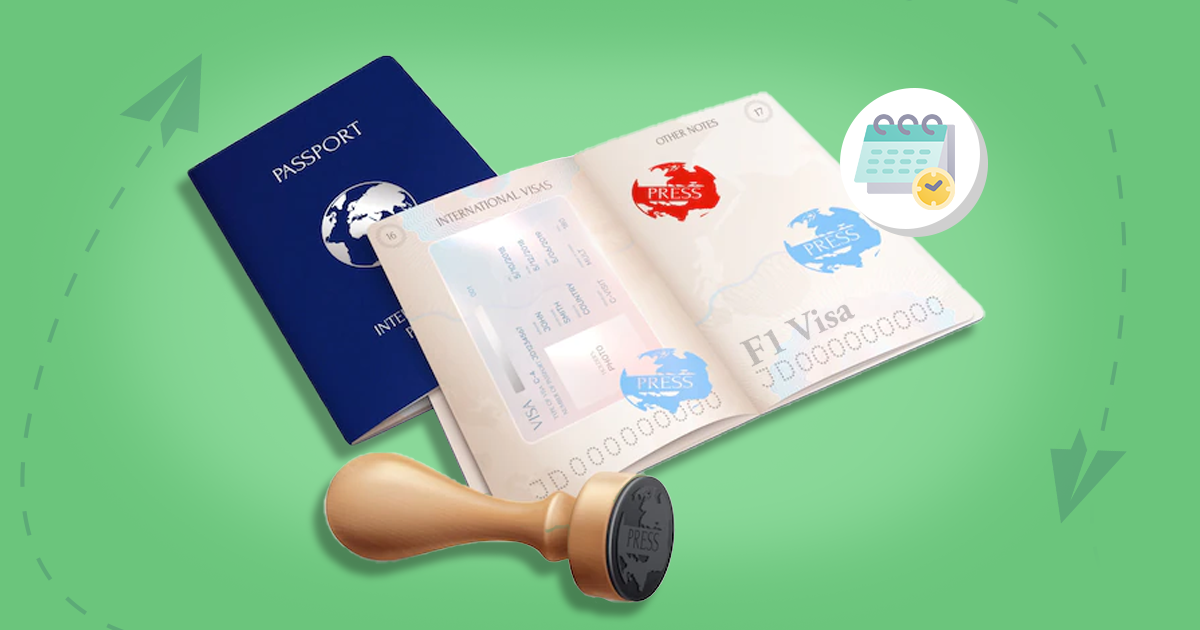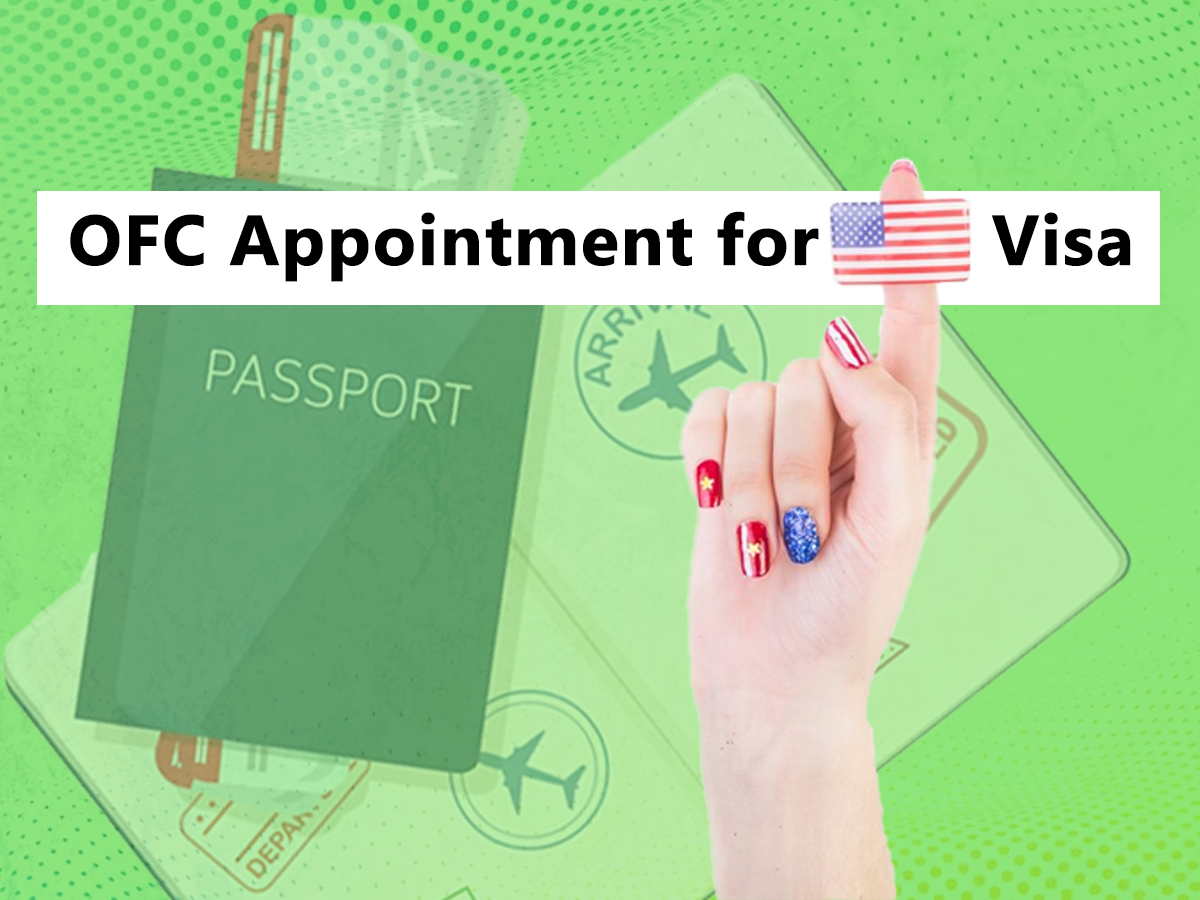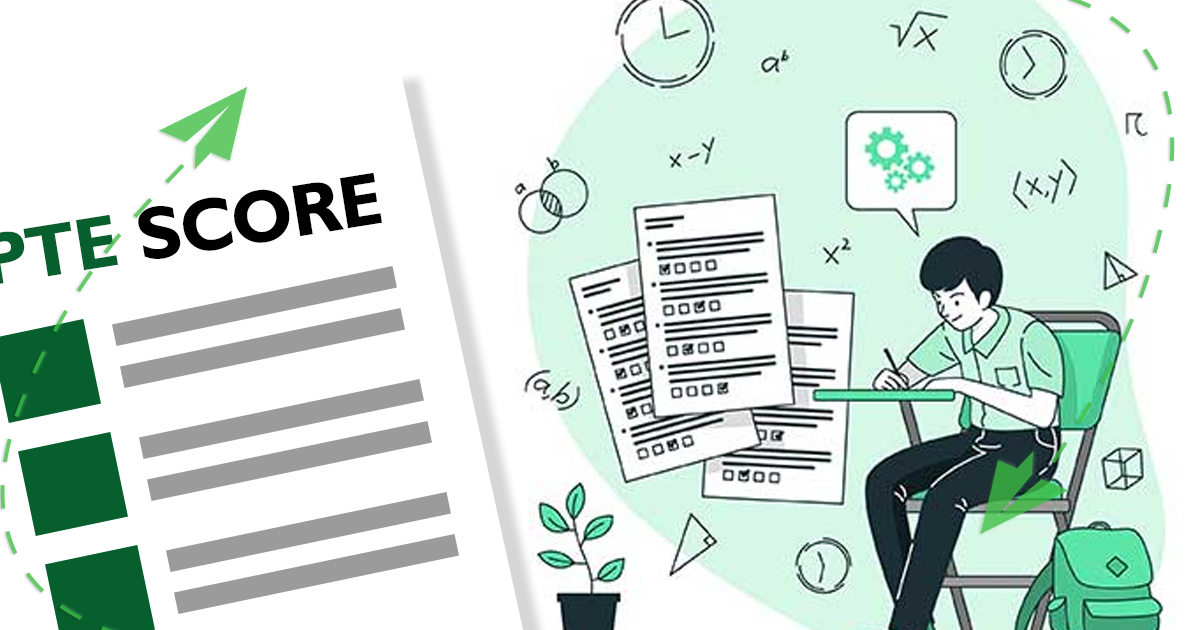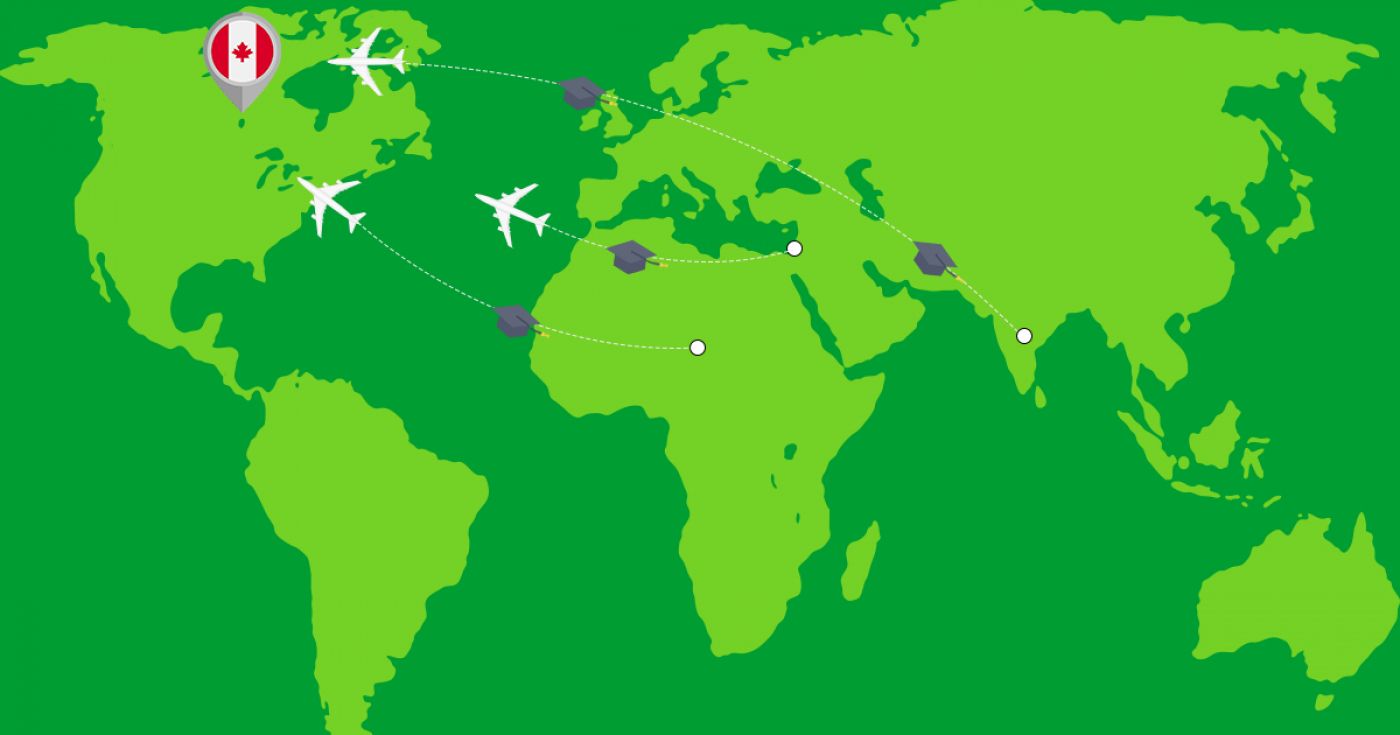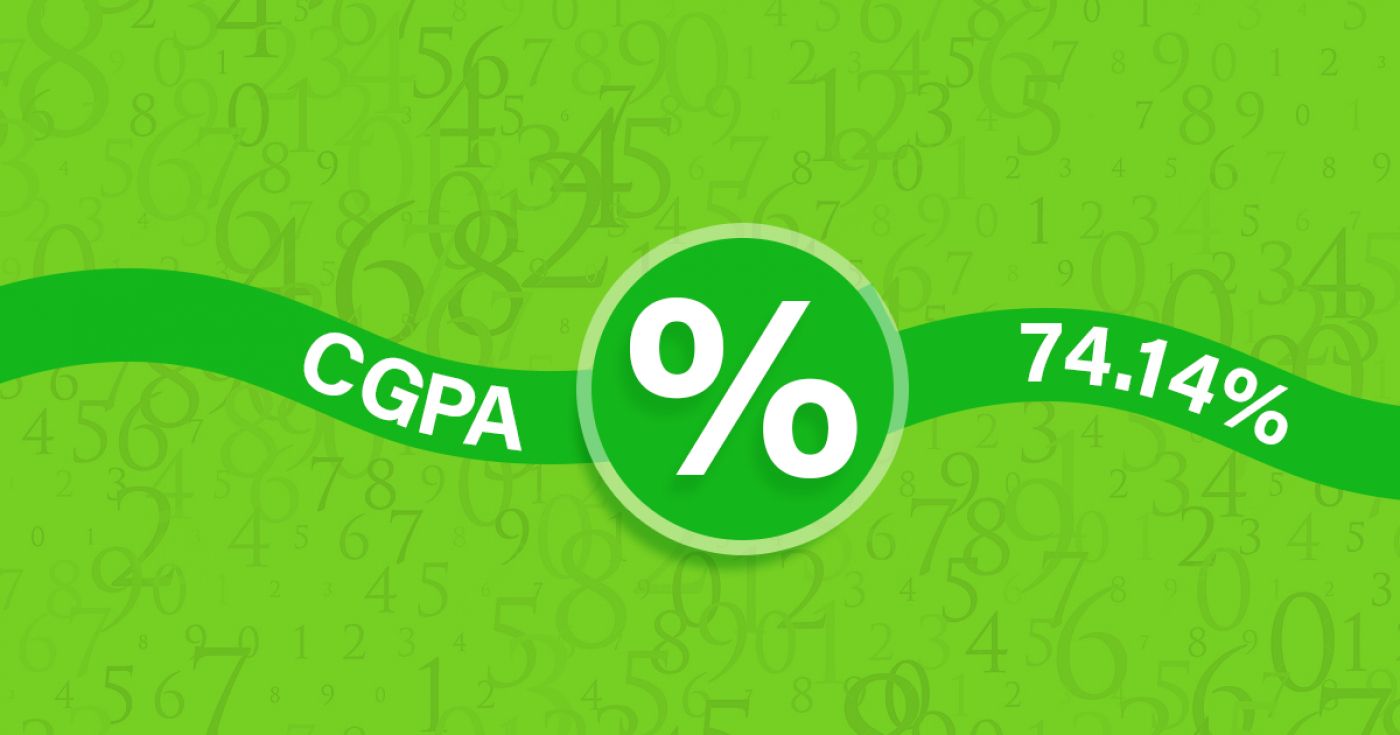Associate in Applied Science - Diagnostic Medical Sonography
at MSM Group - Spokane Community College USA
Overview
Diagnostic Medical Sonography is an allied Health Profession where non-physician professionals perform a diagnostic procedure using high frequency sound waves (ultrasound) to produce dynamic visual images of organs, tissues, or blood flow inside the body. Sonography is used to examine many parts of the body: abdomen, breasts, OB/GYN, thyroid, scrotum, and blood vessels. It is also used to guide needles for tissue biopsy or drain an abnormal fluid collection from a body cavity. Sonography is a radiation-free imaging modality and procedures are performed at the request of a physician.
A diagnostic medical sonographer is a highly-skilled professional who uses specialized equipment to create images of structures inside the human body that are used by physicians to make a medical diagnosis. Prior to starting a procedure, the sonographer must obtain an appropriate history, assess physical findings and review pertinent laboratory data. This information is used to tailor the procedure to ensure comprehensive and diagnostic images are acquired.
Learning Outcomes
- Communicate effectively and in a professional manner with physicians, patients and other members of the healthcare team.
- Competently perform sonographic examinations of the abdomen, superficial structures and obstetrics & gynecology disciplines on patients, while tailoring the examinations to enhance the presence of abnormalities.
- Comprehend a clinical understanding of the anatomy, physiology, pathology, diagnosis and treatment of the major adult and fetal diseases and deformities.
- Establish the ability to quantify, subjectively evaluate and interpret the data collected to assist the physician in arriving at a diagnosis.
- Strive to meet the health care needs of the community.
30
Application Processing Days
Under Graduate
Program Level
Fact & Figures
Full Time On Campus
Study Mode
24
Duration
MSM Group - Spokane Community College
Location
Associate in Applied Science - Diagnostic Medical Sonography Assistant Fee
$22503
Tuition Fee
$0
Average Cost of Living
$100
Application Fee
Associate in Applied Science - Diagnostic Medical Sonography Admissions Requirements
- Minimum Level of Education Required: To be accepted into this program, applicants must have Grade 12 / High School Diploma.

Get superfast admissions at top Associate in Applied Science - Diagnostic Medical Sonography institutes in 2024
Benefits of choosing
➤Admission’s guaranteed at Top institutes across the world.
➤Enjoy exclusive application fee waiver’s with Edmissions.
➤Unlimited FREE Counselling sessions with Edmission’s
Experts
➤Get Tips from industry veterans to crack the IELTS exam in 1
week.
➤Assistance with scholarships, loans, forex, student accommodation and visa guidance.
Work Permit USA
Optional Practical Training or OPT is a period during which students, who have completed their degrees in the USA, are permitted to work for one year on a student visa by the United States Citizenship and Immigration Services (USCIS). OPT allows students to work for up to 3 years and develop real-world skills to survive in the competitive jobs market.
It is temporary employment for a period of 12-months that is directly related to the major area of study of an F-1 student. Eligible students have the option to apply for OPT employment authorization before completing their academic studies and/or after completing their academic studies.
A student can participate in three types of Optional Practical Training (OPT):
- Pre-Completion OPT: This is temporary employment provided to F-1 students before completion of their course of study.
- Post-Completion OPT: This is temporary employment available to F-1 students after completing their course of study.
- 24 Month STEM Extension: Students enrolled in STEM (Science, Technology, Engineering, and Mathematics) courses can a 24-month extension after their initial Post-Completion OPT authorization.
Detailed Program and Facts
30
Application Processing Days
Full Time On Campus
Program Intensity
Under Graduate
Program Level
24
Duration
Study Visa
Other Courses by MSM Group - Spokane Community College,USA
Business & Management
Associate in Applied Science - Business
The objective of this program is to permit the student maximum flexibility in designing a two-year program of study in business. The student may specialize in a particular area of business such as marketing, management, project management or entrepreneurship; or select courses that provide a general exposure to several areas of business.
The AAS in Business curriculum serves the student by offering modalities for most every course within the degree path for student convenience.
All students graduating from this program must have a minimum grade of 2.0 on each of the Management, Accounting, Economics, and Business required courses. Students must also have a minimum 2.0 cumulative grade point average on all required courses in the program.
Learning Outcomes
- Understand the nature of operations, ownership, marketing, business environmental factors, ethics, human resources, finances, regulations, research methodology, and decision-making processes of business.
- Understand realistic mathematical problems relating to the various segments of today's business world.
- Use desk-top calculators efficiently and demonstrate computer user skills including Internet applications.
- Understand the theory of occupation behavior, the basis of human motivation, cultural diversity, organizational structure, and the leader/manager's role in developing a sound behavioral climate in the business organization.
- Communicate effectively--verbal and written--in order to function in the world of work.
- Emphasize skills in one or more areas of business as well as possess "generalist" skills.
- Participate in a supervised volunteer community service experience.
- Understand international business concepts.
24 month
Duration
$ 26568
Tuition
The Automotive Collision and Refinishing Technician program teaches the skills necessary to succeed in the automotive collision repair industry. Instruction is primarily in a shop situation where field conditions are simulated. Students are able to learn by demonstration and direct hands on experience.
Students are instructed in a wide range of skills, including welding, sheet metal repair and replacement, fabrication and restoration techniques, frame and unibody repair, as well as repair and replacement of structural components.
The refinishing portion of our program provides students with a comprehensive education in modern refinishing techniques and materials, as well as material and damage estimation. Students will learn all phases of substrate preparation, color matching and application of the latest paint materials including water born products.
Learning Outcomes
- Understand the characteristics of metal and the principles of metal correction.
- Repair damaged bodies, frames, suspensions and sheet metal; remove and replace glass.
- Refinish complete vehicles and spot damaged areas with the latest in refinishing products and equipment.
- Estimate damage costs.
- Understand automotive electrical principles and minor services.
- Weld (wire feed) to industry standards.
- Understand basic shop operation.
- Understand hazardous waste management.
- Demonstrate shop safety practices.
24 month
Duration
$ 22336
Tuition
Health Sciences, Nursing and Emergency Services
Associate in Applied Science - Radiology Technology
Radiologic technologists are an integral part of the allied health team of healthcare workers providing patient care. Their primary duties include producing radiographic examinations that aid the physicians in diagnosing diseases and/or injuries. The radiologic technologist performs examinations at the request of a physician.
The technologist’s primary role is obtaining top quality radiographic images while providing patient care. Radiologic departments can be found in hospitals, freestanding clinics and physician offices. While in the program the students become proficient at performing examinations in general radiography, fluoroscopy, surgery, trauma and intensive care units.
Upon completion and graduation of the program the students are able to take the national registry examination given by the American Registry of Radiologic Technologists (ARRT).
Each required course for graduation must be completed with a grade of 2.0 or better before proceeding to the next quarter. All clinicals must be completed with a grade of 2.5 or better.
National background checks and drug screening are completed at the beginning of the program and if there is a finding, clinical sites may not accept the student. This could prevent program completion, inability to take the national exam, and future employment due to a failed background check and/or drug screening.
Learning Outcomes
- Students will have skills and knowledge for an entry-level radiographic technologist.
- Students will have the skills to effectively utilize good communication skills.
- Students will have the skills to effectively utilize critical thinking and problem solving skills.
- Students will have the skills to become responsible for lifelong learning through continuing education and/or advancement in the field of radiology.
24 month
Duration
$ 22975
Tuition
Engineering & Technology
Associate in Applied Science - Mechanical Engineering Technology (STEM)
Mechanical Engineering Technology prepares students for advanced mechanical drafting and design using both CAD drafting and Solid Modeling techniques. The course of study prepares students to work in engineering teams for large and small manufacturing firms, consulting engineering firms, testing, and research companies.
Students learn the design and manufacturing processes required for a product to be developed from the initial concept to final production. Students not only learn to draft using CAD and Solid Modeling techniques, but also get "hands-on" practical experience in 3D Printing, engineering design projects, and by learning fabrication processes used in industry. Coursework includes design and assembly techniques as well as shop practice techniques and shop safety. The course of study includes advanced disciplines of engineering technology such as math, physics, electrical theory, manufacturing, project management, and/or optional studies as available in statics, the strength of materials, chemistry, etc.
Learning Outcomes
- Use the systems, symbols, language and mechanics of the drafting field.
- Skillfully apply computers and engineering office software for documentation, communication, design, and drafting.
- Identify, solve, and apply engineering calculations relevant to a full drafting and design project.
- Work productively in a team environment and/or as an independent drafter/designer when required.
- Work with the sense of responsibility and accuracy required in the field of engineering design and drafting.
- Develop individual and full sets of drafting projects including shop drawings, assembly drawings, schematics, and construction plans using 2-D CAD and 3-D CAD solid modeling.
- Create accurate solid model computer files to transfer to rapid prototypes, CNC use, shop drawings, or engineering designs.
- Identify and select appropriate materials and processing of materials used in industry for a design project.
- Demonstrate basic shop practices in woods, metals, plastics, and composites, including machining, fabrication/welding, assembly and testing for design prototypes.
- Demonstrate global awareness of the impact of efficiency, effectiveness, cost, and sustainability in design.
- Create, track, and maintain an engineering design project from inception through scheduling, drafting, prototyping, costing, and documentation.
24 month
Duration
$ 22223
Tuition
Health Sciences, Nursing and Emergency Services
Associate in Applied Science - Invasive Cardiovascular Technology
The invasive cardiovascular technologist is a health care professional who, through the use of specific high-technology equipment and at the direction of a qualified physician, performs procedures on patients leading to the diagnosis and treatment of congenital and acquired heart disease, and peripheral vascular disease.
As a member of the cardiac catheterization team, the cardiovascular technologist is a surgical scrub assistant, monitors the patient's condition and operates other "CATH Lab." equipment.
The most important "CATH Lab" studies are coronary angiography, percutaneous coronary intervention (where stents, balloons, plaque removal devices, and other treatments to restore blood flow are deployed), right heart catheterization (where blood flow measurements are made), electrophysiology (where irregular heartbeats are created, studied and treated) and pacemaker implantations.
Learning Outcomes
- Demonstrate collaboration and effective communication among all health care team members in the delivery of cardiac care in all patient settings.
- Analyze information and research and apply it in the health care setting.
- Apply the principles of cultural awareness formulating appropriate modifications to health care plans to accommodate cultural differences.
- Design and implement appropriate treatment plans in all healthcare settings where cardiac care is delivered.
- Apply advanced cardiac care competencies in all health care settings.
24 month
Duration
$ 22729
Tuition
Health Sciences, Nursing and Emergency Services
Associate in Applied Science - Diagnostic Medical Sonography
Diagnostic Medical Sonography is an allied Health Profession where non-physician professionals perform a diagnostic procedure using high frequency sound waves (ultrasound) to produce dynamic visual images of organs, tissues, or blood flow inside the body. Sonography is used to examine many parts of the body: abdomen, breasts, OB/GYN, thyroid, scrotum, and blood vessels. It is also used to guide needles for tissue biopsy or drain an abnormal fluid collection from a body cavity. Sonography is a radiation-free imaging modality and procedures are performed at the request of a physician.
A diagnostic medical sonographer is a highly-skilled professional who uses specialized equipment to create images of structures inside the human body that are used by physicians to make a medical diagnosis. Prior to starting a procedure, the sonographer must obtain an appropriate history, assess physical findings and review pertinent laboratory data. This information is used to tailor the procedure to ensure comprehensive and diagnostic images are acquired.
Learning Outcomes
- Communicate effectively and in a professional manner with physicians, patients and other members of the healthcare team.
- Competently perform sonographic examinations of the abdomen, superficial structures and obstetrics & gynecology disciplines on patients, while tailoring the examinations to enhance the presence of abnormalities.
- Comprehend a clinical understanding of the anatomy, physiology, pathology, diagnosis and treatment of the major adult and fetal diseases and deformities.
- Establish the ability to quantify, subjectively evaluate and interpret the data collected to assist the physician in arriving at a diagnosis.
- Strive to meet the health care needs of the community.
24 month
Duration
$ 22503
Tuition
Engineering & Technology
Associate in Applied Science - Automotive-Toyota T-TEN
The Automotive Technology program prepares students for employment in many areas of the automotive field including dealerships, independent garages, fleet shops, service stations and specialty shops which cover areas such as tune-ups and brakes. Students may enter the program in any of the first five quarters.
Students interested in receiving special training in Toyota T-TEN (Technician Training and Education Network) may substitute specialized courses specifically catering to Toyota T-TEN option. Entrance into the program requires an interview with and permission of the instructor. Continuation within the course program requires permission of the instructor. Students must complete each AUTO course with a 2.0 grade or better before advancing to subsequent quarters.
Learning Outcomes
- Understand basic shop operation and safety principles.
- Diagnose mechanical malfunctions and performance problems and make necessary repairs.
- Operate precision automotive diagnostic and repair equipment.
- Interpret repair manuals and computer-based programs dealing with specifications and repair procedures.
- Understand the importance of good public relations with customers, employers, and fellow employees.
- Work with minimum supervision for or with a journeyman technician.
- Skillfully use tools and equipment.
24 month
Duration
$ 25996
Tuition
Natural Sciences & Mathematics
Associate in Applied Science - Biomedical Equipment Technician
This program is designed to prepare students for employment in the specialized field of biomedical electronics in a hospital or in the medical electronics industry.
The curriculum has been planned to give comprehensive training in circuit analysis, laboratory techniques and the use of modern test equipment. A balanced study of peripheral subjects that make the biomedical equipment technician unique also is included. These subjects include fundamentals of physics, chemistry, physiology, medical terminology, hospital ethics and hospital safety. The curriculum provides special lectures and laboratories in repair, and preventive maintenance of medical electronic equipment.
Graduates are prepared for employment as entry-level biomedical equipment technicians. To qualify for graduation, the student must have successfully completed five quarters of basic electronics including the additional required courses (i.e., chemistry and physics) and the six and seventh quarter biomedical sequence. Entrance to each quarter of basics is contingent upon satisfactory completion of the previous quarter. Students may enroll fall and winter quarters only. The clinical practicum is available during summer quarter only.
The goal of the program is to provide the health care field with biomedical equipment technicians who have a thorough understanding of electronic fundamentals; a practical ability to design, construct and troubleshoot electronic circuits; and knowledge about the theory of operation, physiological principles, and the safe and practical applications of biomedical equipment.
Learning Outcomes
- State the characteristics of electronic components and circuits.
- Calculate circuit parameters.
- Demonstrate proper safety procedures.
- Construct electronic circuits.
- Use electronic test equipment to evaluate and troubleshoot electronic circuits and biomedical equipment.
- Explain career related regulatory requirements.
24 month
Duration
$ 24681
Tuition
Computer Science & IT
Associate in Applied Science - Software Development
The software development program trains students in current web and desktop application development using diverse industry technologies. Software development is an evolving field of study requiring continuing education and the ability to adapt to constant change. Graduates from this program acquire problem solving skills, are encouraged to work independently and as a team, and be ethical in all interactions.
Learning Outcomes
- Learn programming concepts and techniques that enable students to be a lifetime learner as technology evolves.
- Understand and implement cost effective and efficient web sites.
- Understand how to properly create, store, and retrieve data from a normalized database.
- Solve problems while developing software or web sites.
- Communicate with clients while developing software or web sites.
- Demonstrate responsibility for meeting deadlines and addressing client needs.
- Understand how technology relates and impacts society.
- Design, develop, deploy and maintain software and web development projects specified by a client.
- Demonstrate professionalism and flexibility.
- Develop research skills and techniques.
24 month
Duration
$ 19845
Tuition
Business & Management
Associate in Applied Science - Administrative Office Management
The Administrative Office Management program is an associate degree program that prepares students to assume positions as office managers, supervisors, or as assistants to top executives. Students will develop administrative skills necessary to participate as part of the management team; assist in planning, organizing, and controlling information related activities; and in leading or directing people to attain the objectives of the organization. They may handle a wide range of daily responsibilities including the supervision of support services.
This program is recommended to experienced office staff as well as entry-level office workers who are looking to increase their potential for promotion. Graduates with this degree receive training in a variety of office management functions including those in communications, information resources, and management.
Learning Outcomes
- Understand the principles of human resources supervision and administration including the recruiting and hiring process, training and development, motivating the workforce, completing an appraisal, and improving productivity.
- Organize and plan office work and exercise leadership skills that encourage successful teamwork.
- Demonstrate organizational, planning, and project management skills.
- Appreciate the scope of business operations and economic systems.
- Handle multiple deadlines and priorities in an office setting.
- Think critically and act logically to evaluate situations, solve problems, and make decisions.
- Understand the tools used to make business decisions using quantitative data.
- Compile and analyze data, prepare concise reports and presentations, and use information processing technology and software.
- Compose drafts and final responses to inquiries, letters, and questionnaires.
- Handle a variety of internal and external business forms and understand their purpose.
- Acquire comprehensive knowledge of and ability to use Microsoft Word, Excel, Access, PowerPoint, Project, and Outlook software.
- Operate a variety of business machines, including computer equipment, copy machines and scanners, transcribing equipment, facsimiles, printers, telephones, and calculating machines.
24 month
Duration
$ 20821
Tuition
View All Courses by MSM Group - Spokane Community College, USA
Top Study Abroad Exams
Popular Universities to Study Abroad
- University of Waterloo
Waterloo
- University Canada West
Vancouver
- University of Windsor
Windsor
- Cape Breton University
Sydney
- Dalhusie University
Halifax
- Carleton University
Ottawa
- University of Ottawa
Ottawa
- University of Guelph
Guelph
- Explore more colleges in Canada
- University of New Haven
West Haven
- Kent State University
Kent
- Wright State University
Dayon
- San Jose State University
West Haven
- Clark University
Worcester
- Rowan University
Glassboro
- Golden Gate University
San Francisco
- Arkansas
San Francisco
- Explore more colleges in USA
- Coventry University
Coventry
- University of Birminghame
Birminghame
- De Montfort University
Leicester
- Cardiff University
Cardiff
- BPP University
London
- University of West London
London
- University of Nottingham
Nottingham
- University of Warwick
Coventry
- Explore more colleges in UK
- Auckland Institute Of Studies
Auckland
- Massey University - Auckland Campus
Albany
- Eastern Institute of Technology - Auckland Campus
Auckland
- NorthTec - Auckland Campus
Auckland
- Massey University - Manawatu Campus
Palmerston North
- University of West London
London
- Wellington Institute of Technology (WelTec) - Petone Campus
Lower Hutt
- Otago Polytechnic - Dunedin Campus
Dunedin
- Explore more colleges in New Zealand
- Chandigarh University
Mohali
- Parul University
Vadodara
- Sharda University
Greater Noida
- Jain University
Bangalore
- Bennett University
Greater Noida
- Lovely Professional University
Phagwara
- Chitkara University
Rajpura
- Brainware University
Kolkata
- Explore more colleges in India
- Abu Dhabi University
Abu Dhabi
- Gulf Medical University
Ajman
- New York University
Abu Dhabi
- Emirates Aviation University
Dubai
- Higher Colleges of Technology
Dubai
- British University in Dubai
Dubai
- Al Ghurair University
Dubai
- American University in the Emirates
Dubai
- Rochester Institute Of Technology Dubai
Dubai
- Emirates Academy of Hospitality Management
Dubai
- American University of Ras Al Khaimah
Ras Al Khaimah
- Explore more colleges in UAE
- Ras Al Khaimah Medical and Health Sciences University
Ras Al Khaimah
Explore Colleges and Courses in USA
- Arts & Humanities in usa
- Business & Management in usa
- Natural Sciences & Mathematics in usa
- Engineering & Technology in usa
- Computer Science & IT in usa
- Health Sciences, Nursing and Emergency Services in usa
- Social Sciences in usa
- Creative Arts & Design in usa
- Hospitality, Tourism, Wellness Leisure & Sports in usa
- Environmental Studies & Earth Sciences in usa
Latest Blog Posts
Trending Blog Posts
Search, Shortlist, Apply and get accepted! It’s that Simple to pursue your dream to Study abroad with Edmissions. Our team of experts provide you the right guidance that helps you to take admission in your dream college in countries like Canada, the USA, the UK
© 2021-2024 Edmissions - All rights reserved.
TALK TO OUR EXPERTS


